From AV professionals to amateur speaker builders, everyone will be able to benefit from the company’s new and improved M-Force technology, the integrated motor and cone, thanks to a series of documents due to be released free to the public.
Ever since its release in 2013, Powersoft’s M-Force linear transducer has redefined what was possible in the realm of infra-bass, reaching well below the conventional frequency range.
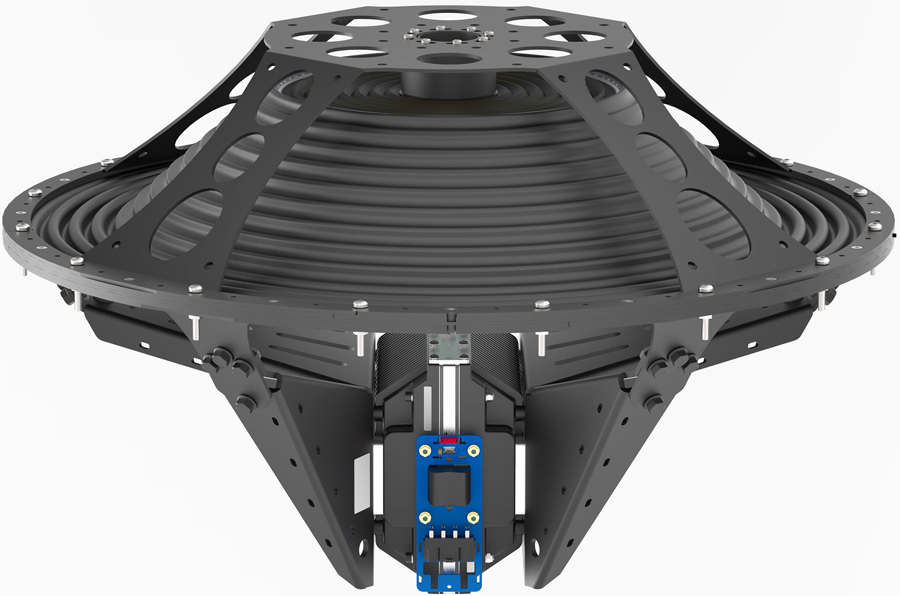
Despite its continued use and relevance at the highest echelons of live and installed sound, the Italian innovator has sought to push its boundaries even further with the introduction of the new and improved M-Force 301P02 and its associated reference designs, which have been created to ensure that everyone from AV professionals to amateur speaker builders will be able to benefit from the company’s powerful technology.
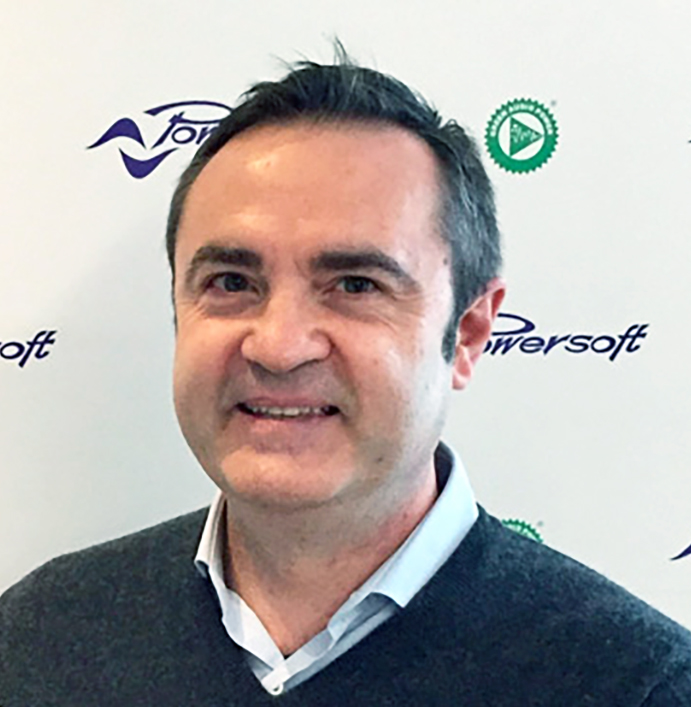
“Although the original M-Force has had a great life cycle, we knew that the time was right for our patented infra-bass technology to take another leap forward,” said Powersoft’s sales manager for OEM solutions Giacomo Previ.
“This new iteration of the M-Force linear motor transducer comes equipped with high voltage and high current connectors and a whole range of internal electromechanical improvements. We’re so excited to share the new M-Force with the world, and we can’t wait to see what our fellow audio innovators will be able to create using this new technology.”
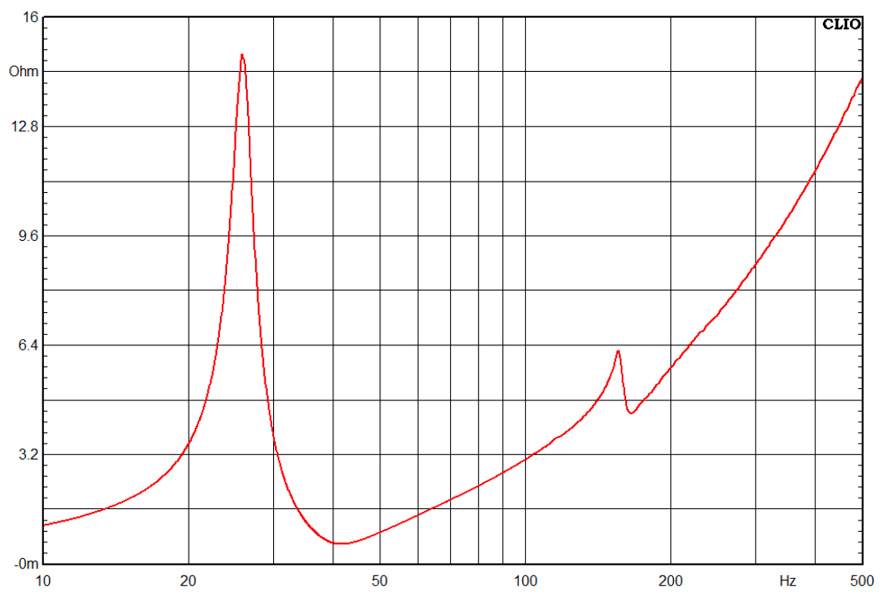
The patented M-Force moving magnet linear motor structure allows extraordinary levels of efficiency and reliability, making it the perfect choice for high efficiency, high SPL low-frequency sound reinforcement applications.
The implementation of the M-Force technology is now easier than ever, thanks to the 301P02 a complete solution that enables all levels of speaker builders to incorporate the M-Force into any design with absolute confidence, both in self-powered and passive configurations.
The motor is factory matched to a purposely built diaphragm, through a newly designed coupling and a lightweight chassis, that also improves thermal dissipation, while the addition of a front spider further stabilises the design.
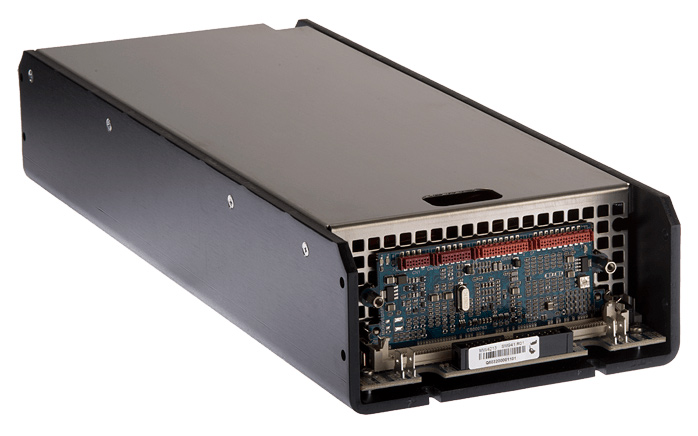
The new reference designs have been created by Powersoft to help users increase the SPL capabilities of their systems, whether they are speaker builders, sound system owners, or installation professionals.
All of the designs are free and come along with a cut list and presets that can be managed using the company’s ArmoníaPlus software.
“Self-powered configurations rely on the M-Drive, a purposely built amplifier module designed to deliver the juice to the M-Force. We recommend powering double 30-inch passive designs using the mighty X4L,” explained Fanicchi.

Powersoft reference designs
As the now released reference designs illustrate, Powersoft’s M-Force 301P02 is ideally suited to a variety of seemingly disparate applications:
EDM Sub
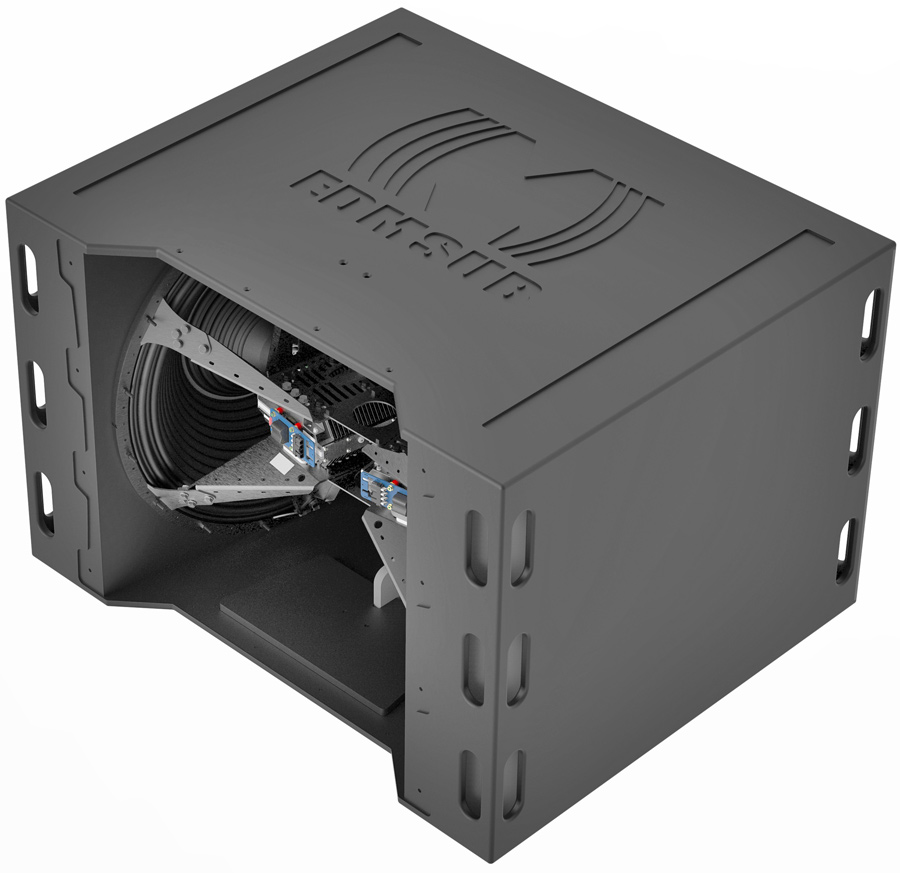
The ‘EDM Sub’ bandpass design features two M-Force 301P02 transducers, which can be built both as a self-powered or passive infra-sub, driven either by an M-Drive amplifier module coupled with a DSP-Lite ETH or an X4L amplifier platform respectively. In both cases the two transducers are connected in series.
The DSP-Lite ETH or 005 processing platform is none other than the well-known DSP-Lite card from Powersoft, but with a network input to take control from a distance and attached to a plate also serving as a heat sink.
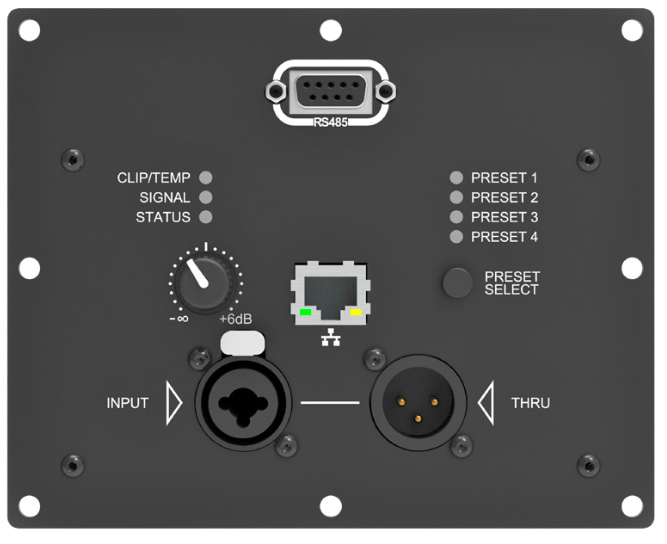
And on which we find the preset selection controls, level adjustment, status LEDs on the card itself, an input and output socket for bridging two subs and finally an RS 485 port which gives access to the specific DSP of the M-Drive which uses information supplied by the DPC sensor in just 10 µs.
The purpose of this sensor is to provide the amplifier module with the differential measurement between the pressure inside the load volume and that outside.
This keeps the M-Force system in the maximum range of its possibilities, with minimum distortion and offers the best coupling with its acoustic load.
As this adjustment occurs rarely and requires specific skills in electroacoustics, it requires Armonía ProManager. This double 30” configuration is surprisingly compact and can reach a maximum SPL of 147.3 dB @ 1m (ANSI/CEA2010B) when driven with an M-Drive, and of 146.1 dB when driven by an X4L.
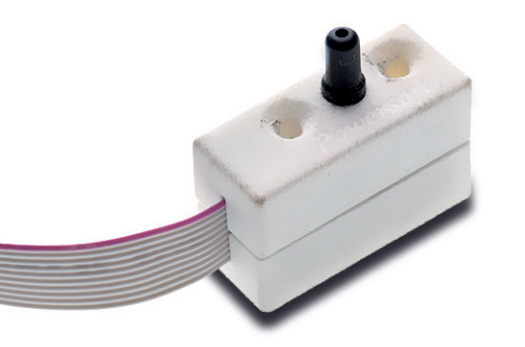
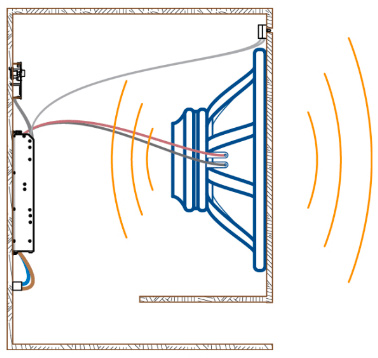
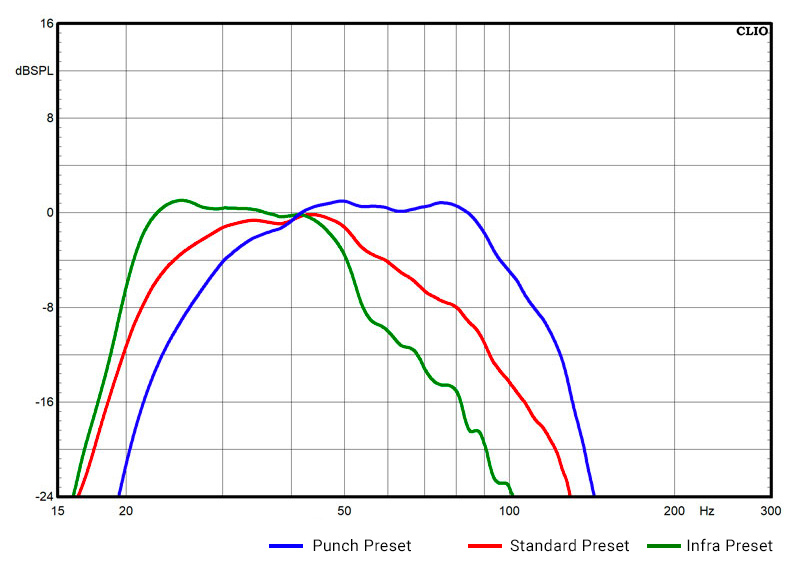
The design has been optimised for producing ultra-high SPL down to 18 Hz, making the EDM SUB the perfect subwoofer and infra add-on to your install or touring sound reinforcement system. The four available presets ensure ample coverage for different music programs: Standard, Punch, Infra, and a Cardioid version of the Standard one.
Note that by its nature, the M-Force is not subject to any form of thermal compression but that the DPC is only available on active subs equipped with M-Drive for better bass control.
DV SUB
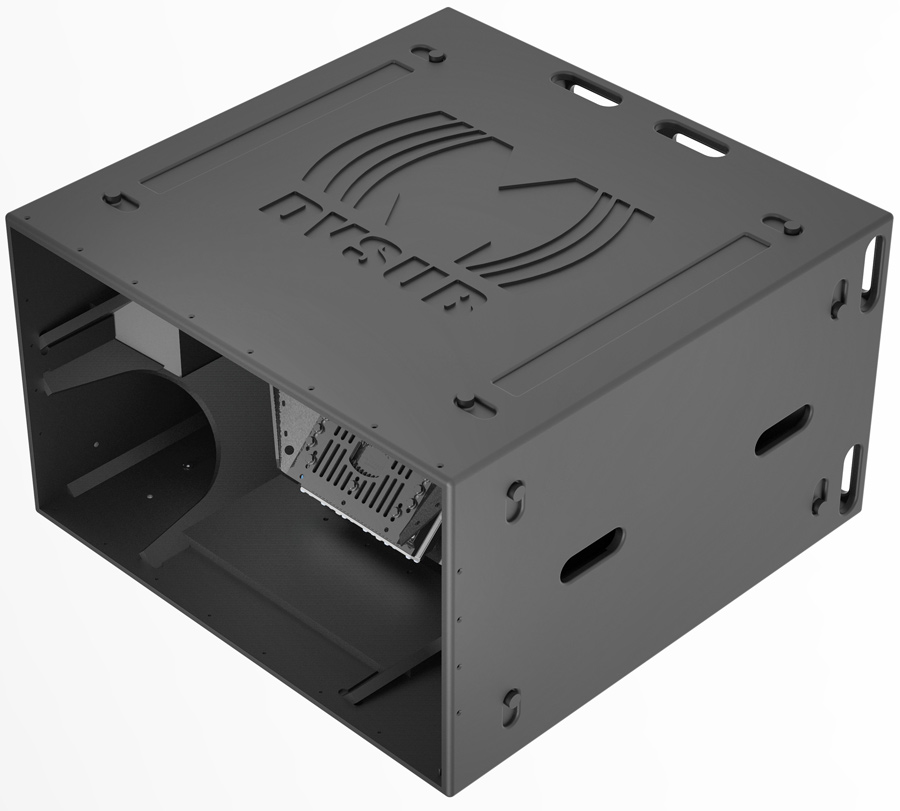
The ‘DV SUB’ is a bandpass cabinet loaded with the M-Force 301P02 transducer for subwoofer applications. The design has been optimised for producing very high SPL down to 28 Hz in a very compact package, making the DV SUB the best possible upgrade for an existing subwoofer, virtually eliminating non-linear distortions.
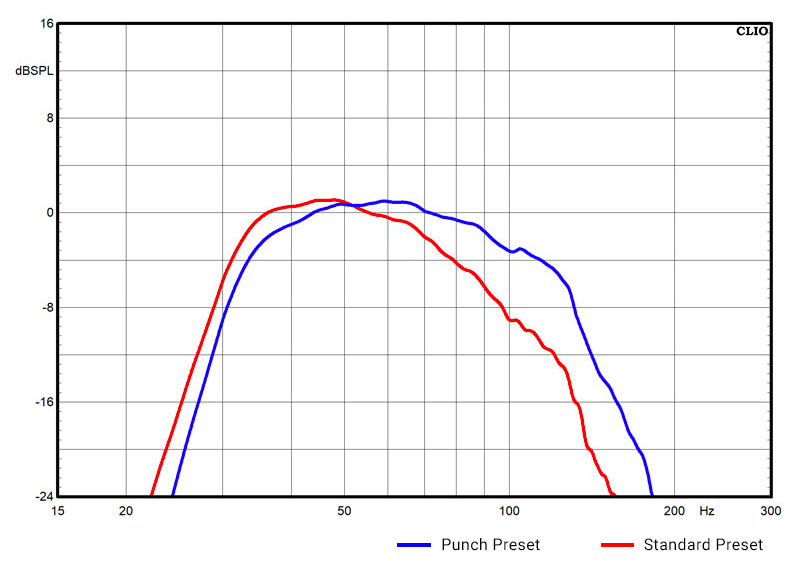
The maximum SPL is measured at 147.8 dB @ 1m (ANSI/CEA2010B), undistorted and long time. Two presets are available to squeeze the most out of this box: Standard and Punch, each of which is also available to accommodate for cardioid configurations.
CINESUB
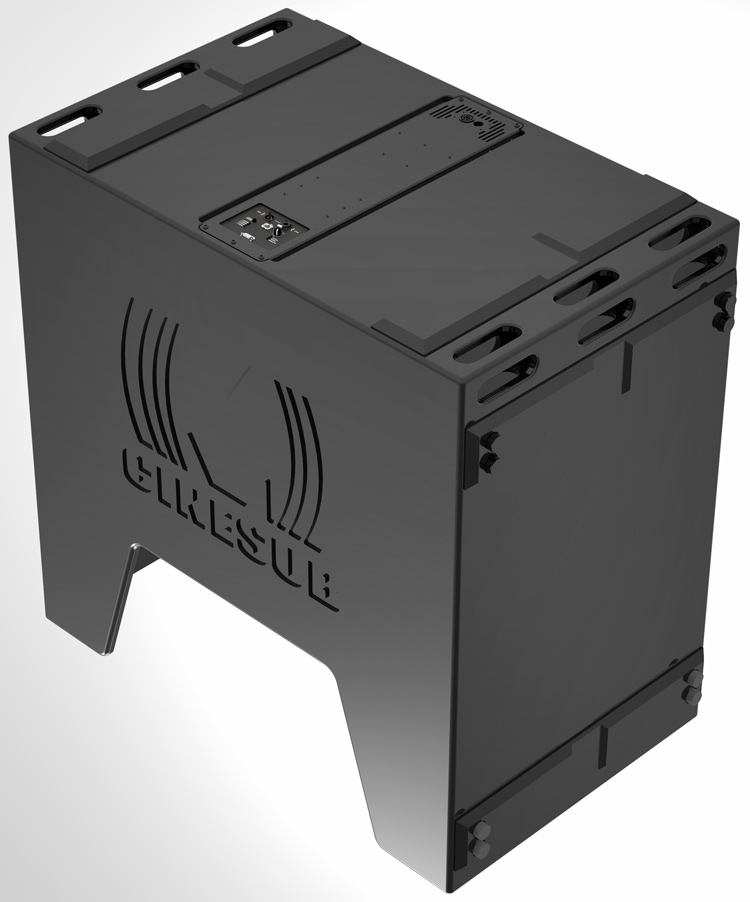
The ‘CINESUB’ is a hybrid transmission line cabinet loaded with the M-Force 301P02 transducer for infra and subwoofer applications. The design has been optimised for producing low distortion and high SPL, measured at 142.5 dB @ 1m (ANSI/CEA2010B) from 16 Hz to 120 Hz, as per the Dolby and THX recommendations.
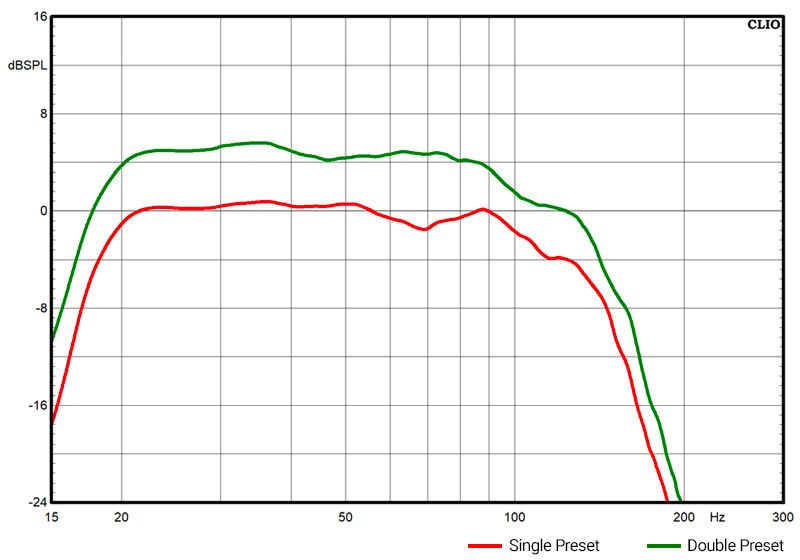
Thanks to this high SPL, one single unit can replace four double 18-inch speakers with a better frequency extension and capability, making the CINESUB the perfect low-frequency system for cinema sound systems as well as for high-end home theatre installations. The modular design makes it perfect to be used in both single and double cabinet configuration, and both presets are available for linear and minimum phase setups.

To get even more info on M-Force, M-Drive, DPC and the other transducer technologies created by the crazy Scandicci guys, click here
To directly request information on price, availability and more: [email protected]
.
Last but not least, thanks to Mauro Donati, Application Engineer at Powersoft, his knowledge of M-Force, amp modules and impedances flirting with short-circuit and especially his patience, were invaluable to us in writing this news.







